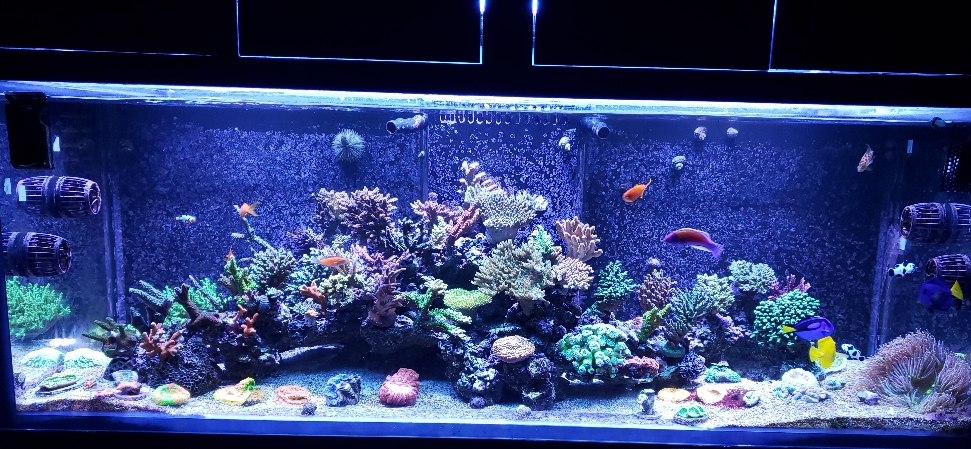Why would you cure a live rocks thu? The whole idea of buying live rocks is to use it without curing.. when you cured the live rocks you killed all the organism on it's, so you better make sure it's no longer leaching po4 before you add it.I had a 20 long that was started in 2009. It had maybe 20lbs of rock. In 2014, I started a 300g with this rock and the inhabitants. I purchased maybe 200lbs of fresh off the boat live rock and I cured this in a giant pond liner. Not a real scientific curing process. I did not measure phosphate. I kept heavy circulation kept it in the dark and changed the water every 2 days. I did that for about three months. Then it went into the 300 gallon tank. I ran the 300 gallon like that with bare bottom for a few months. I wanted to make sure that it was stable before I introduced the fish from my old tank. I put sand in the tank in about 2016 to keep certain wrasses.
Sent from my Pixel 3 using Tapatalk
There is a high chance your rocks (the old rocks cause they were in old systems and the new rocks cause you cured it that way) is saturated with po4 that's why you do not have detectable po4 in the water column but rocks itself has, so algae grow and live off what's the rocks are leaching. That also light explain why some places there is no algae...
Sent from my SM-G960U using Tapatalk
Last edited:

